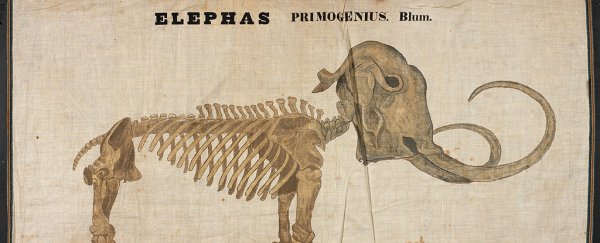Orra White Hitchcock had an unusual knack for translating science into arresting, informative images.
Chances are, though, that you don't know her name.
It's no wonder: Largely unsigned, most of her groundbreaking scientific illustrations were created for other people. She did her work "without the slightest pecuniary compensation, or the hope of artistic reputation," as her husband, Edward Hitchcock, wrote in 1863.
Women of the early 19th century were not expected — or encouraged — to show an interest in science or higher education. Yet Orra was fascinated by plants, geology, zoology and more.
As a newlywed, she documented hundreds of mushroom species she collected with her husband, and when he became a professor at Amherst, a college that did not admit women until 1975, she helped translate his lessons into striking visual materials.
"Charting the Divine Plan: The Art of Orra White Hitchcock," at the American Folk Art Museum in Manhattan through Oct. 14, tracks Hitchcock's pioneering, and unsung, career. (Can't visit? The exhibition's website gives a thorough preview.)
It features not just her carefully detailed drawings of flora and fauna, but also the massive cloth paintings she made to illustrate her husband's lectures on geology, botany, zoology and anatomy.
Hitchcock's work was intimately intertwined with that of her husband, and he's a big part of the exhibition. But Orra's scientific imagination is the real star of the show. She favored bright colors and bold lines and tackled subject matter from maple leaves to prehistoric mammals and reptiles.
Her geological illustrations are particularly striking — they'd be at home in a display of abstract art.
As a wife, mother of six and pillar of the community, Hitchcock did her work out of conviction and fascination, not for recognition. Orra White Hitchcock drew, painted and documented the scientific phenomena around her for the love of it, but it's still worth saying — and celebrating — her name.
2018 © The Washington Post
This article was originally published by The Washington Post.
Science AF is ScienceAlert's new editorial section where we explore society's most complex problems using science, sanity and humor.
